Exploring the World of Spring Rolls in Ha Noi: A Flavorful Journey
When you consider Vietnamese cuisine, one item jumps out from the others: spring rolls. Whether fried or fresh, these delicate but delicious buns are a mainstay of the neighbourhood culinary scene. Allow MOTOGO Tours to explore the realm of these gastronomic pleasures and expose its secrets closely.
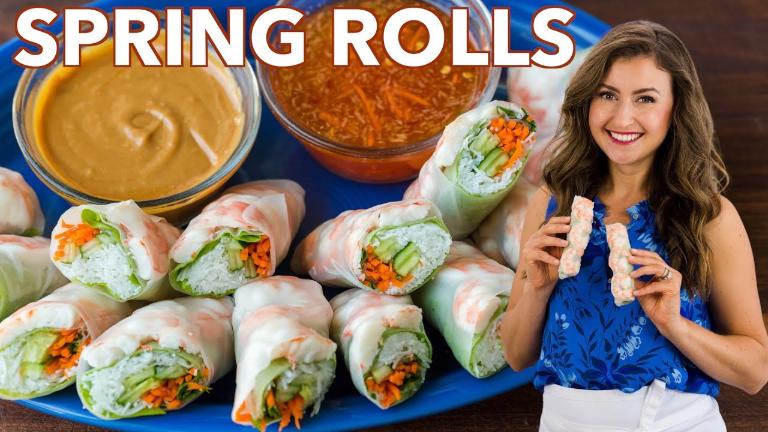
The Cultural Significance of Spring Rolls in Vietnam
Spring rolls is one of the must-try dishes in Hanoi. Hanoi families have handed down recipes for this popular meal for years, particularly during important festivals like Tet (Vietnamese Lunar New Year). Sharing spring rolls is thought to help to build connection and togetherness. Their cultural value goes much beyond the kitchen; they reflect the ingrained customs of Vietnamese hospitality.
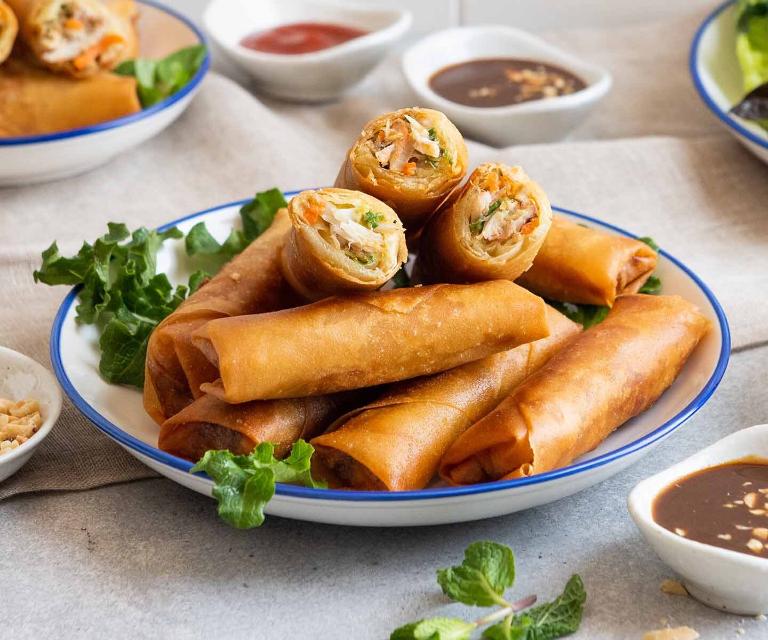
Spring rolls first appeared in imperial Vietnam, where they were presented to nobility. They still change now, however they keep their cultural core. Spring rolls have come to represent celebrations, family get-togethers, even basic home dinners in Hanoi.
>>> Let’s see more: Pho (Vietnamese Noodle Soup): A Flavorful Journey Through Vietnamese Cuisine
Types of Spring Rolls in Ha Noi
Hanoi is well-known for its range of spring rolls, which reflect the culinary customs of the city by combining flavors and textures in an original manner. Examining the Hanoi culinary scene will expose two main varieties: Gỏi Cuốn (fresh spring rolls) and Nem Rán (fried spring rolls). Though they use different ingredients and techniques, everyone adds something unique.
Nem Rán (Fried Spring Rolls)
One of the most often consumed kind of spring rolls in Hanoi and all throughout Vietnam is Nem Rán. Often eaten during special events or as part of a bigger dinner, this fried pleasure is well-known for its crispy outside and flavorful inside. This meal is called Chả Giò in the southern Vietnam, however in Ha Noi it keeps the name Nem Rán and has a different taste sensation.
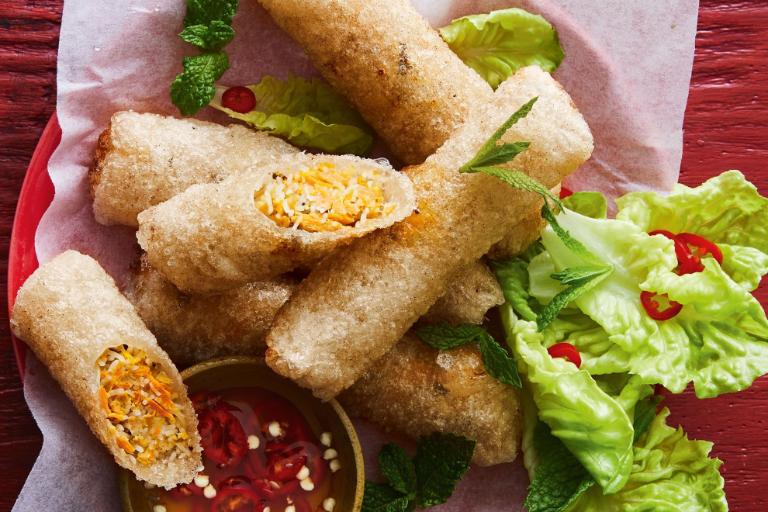
Ingredients and Preparation
Usually ground pork, shrimp, glass noodles, mushrooms—such wood ear or shiitake—and vegetables like carrots and taro make up Nem Rán’s filling. Tightly wrapped in thin rice paper, this mix—seasoned with fish sauce, garlic, and pepper—is The rolls then get their delectable crunchy texture by being deep-fried to a golden crisp.
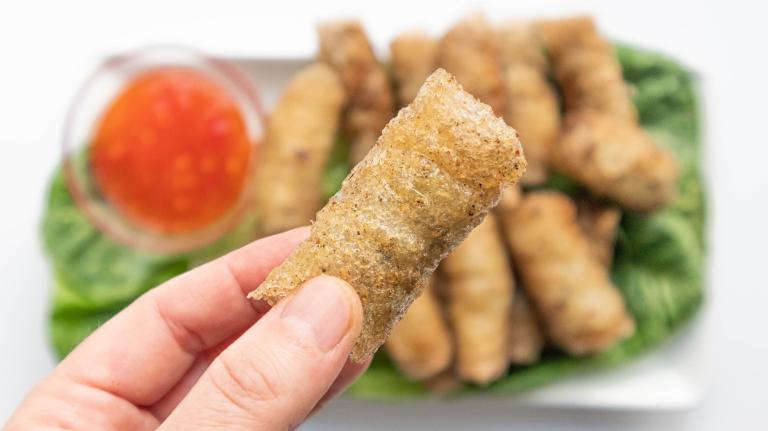
Hanoi’s Nem Rán is unique in that the earthy mushrooms and somewhat sweet taro properly complement the savory pork and prawns, therefore balancing flavors. Nem Rán is a real emblem of northern Vietnamese cuisine because of his harmony of tastes and his crisp outside layer.
How It’s Served
Usually, Nem Rán is presented with a dipping sauce composed of fish sauce, lime juice, sugar, garlicky taste, chili. It brings out the richness of the fried rolls by combining sweet, salty, sour, and spicy tastes exactly.
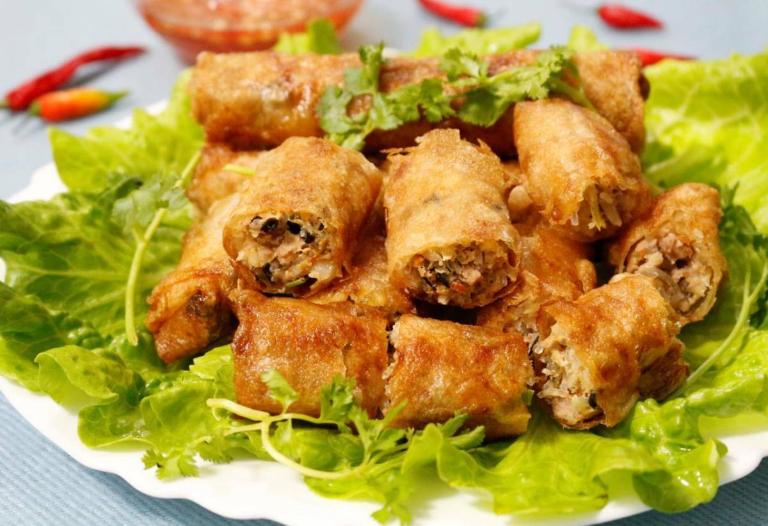
Often eaten in Hanoi, Nem Rán contrasts the richness of the fried roll with fresh herbs and vermicelli noodles. Nem Rán is a meal closely connected to Vietnamese history and customs since you will also find it served at several family events and festive feasts.
>>> Let’s see more: Bun Cha: Hanoi’s Grilled Pork with Vermicelli Noodles – A Must-Try Dish
Gỏi Cuốn (Fresh Spring Rolls)
Gỏi Cuốn, fresh spring rolls, presents a lighter, fresher substitute ideal for warm days when compared to the deep- fried Nem Rán. Often called “summer rolls” in English, Gỏi Cuốn is a street snack and appetiser that is rather common in Vietnam. Both residents and visitors enjoy this meal because of its fresh components and easy cooking style.
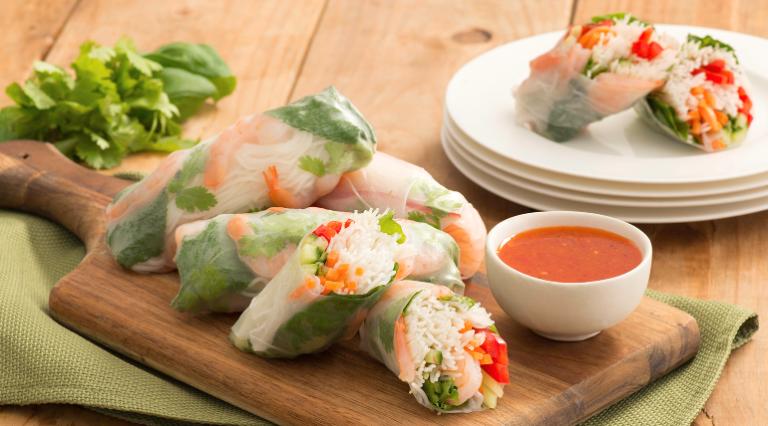
Ingredients and Preparation
The secret of Gỏi Cuốn is freshness. Boiled pork or shrimp (often both), vermicelli noodles, and lots of fresh herbs like basil, mint, and cilantro comprise the main components. A sheet of soft, delicate rice paper holds tightly these components. Unlike Nem Rán, which calls for fried food, Gỏi Cuốn is presented raw so that the fresh ingredients may highlight.
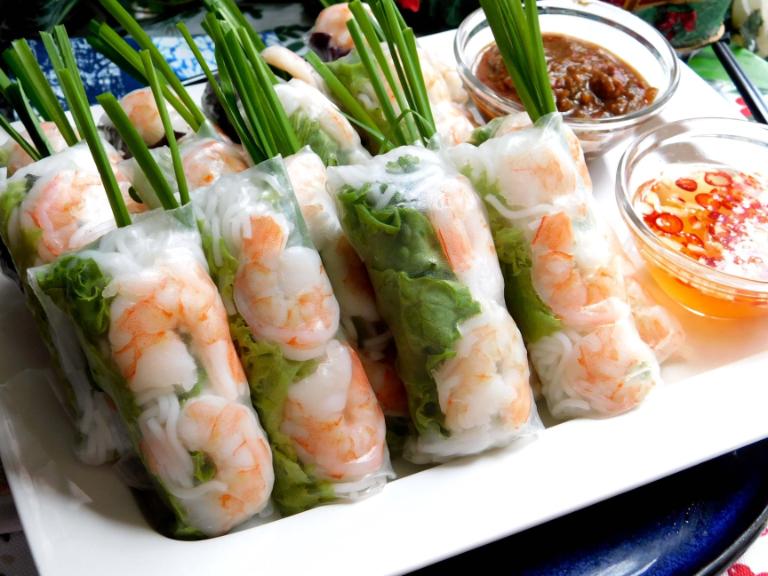
Achieving Gỏi Cuốn’s delicate texture depends on the rice paper being used. To make the rice paper malleable and soft, it is gently soaked in water then rolled. Every roll perfectly balances textures: the fresh vegetable crunch, the chewiness of the rice paper, and the soft bite of the pork or shrimp.
How It’s Served
Gỏi Cuốn is unique in part from the dipping sauce. Usually served with a peanut-based hoisin sauce, Gỏi Cuốn is not fish sauce-based nước chấm used for Nem Rán. The perfect accompaniment for the fresh rolls is this thick, creamy, somewhat sweet sauce. For more texture and flavor, some variations of the sauce also call for crushed peanuts and a little of chile.
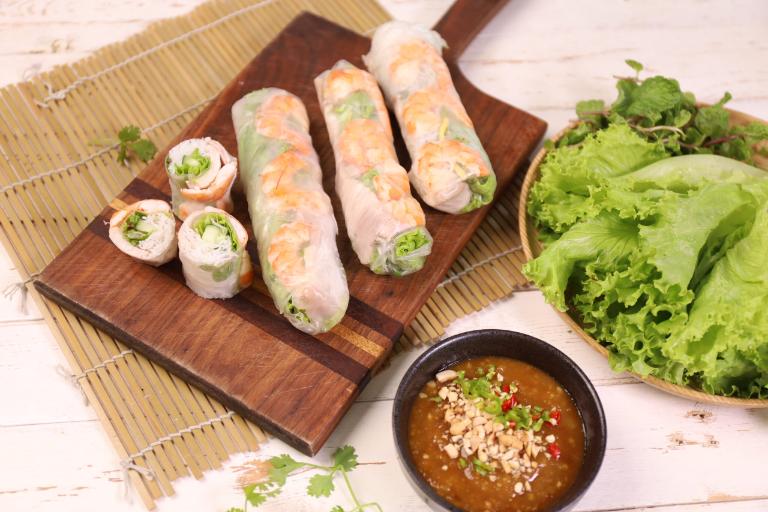
Which One to Choose?
Though both Nem Rán and Gỏi Cuốn are great on their own, they present somewhat different dining environments. With its crispy outside and savory center, Nem Rán is ideal for anyone yearning something rich and decadent. Conversely, Gỏi Cuốn offers a lighter, healthier choice with lots of fresh tastes that is delightful.
Trying both kinds of spring rolls can help you to really appreciate the variety of Vietnamese food if you are visiting Hanoi for the first time. Showcasing their worldwide appeal, Nem Rán and Gỏi Cuốn are found on menus of street food vendors, casual restaurants, and even luxury establishments.
In Hanoi, this dish symbolize the rich gastronomic legacy of the city rather than only cuisine. One thing is certain: spring rolls are a must-try meal that encapsulates the spirit of Hanoi’s vivid food scene, whether your taste is for the crispy, decadent texture of Nem Rán or the fresh, herbaceous flavors of Gỏi Cuốn.
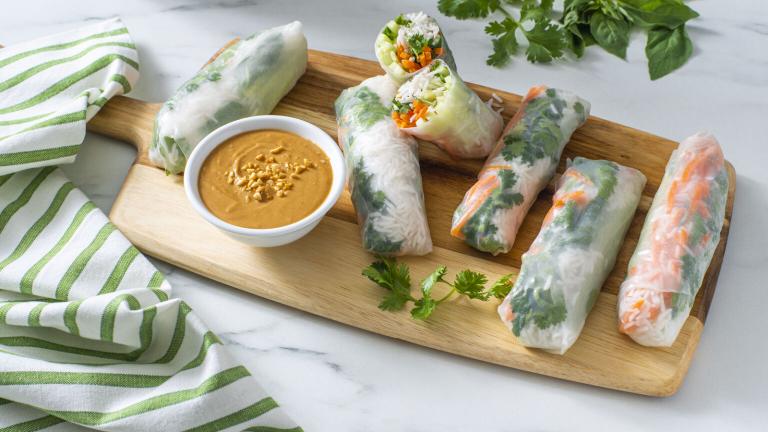
>>> Let’s see more: Explore the Best Hanoi Bread | A Guide to Vietnam’s Iconic Sandwich
Famous Places in Hanoi to Try Spring Rolls
Hanoi is overflowing with restaurants and street food vendors offering some of the tastiest spring rolls available nationwide. Walking along Hoan Kiem Lake or the Old Quarter will find many venues offering this famous cuisine.
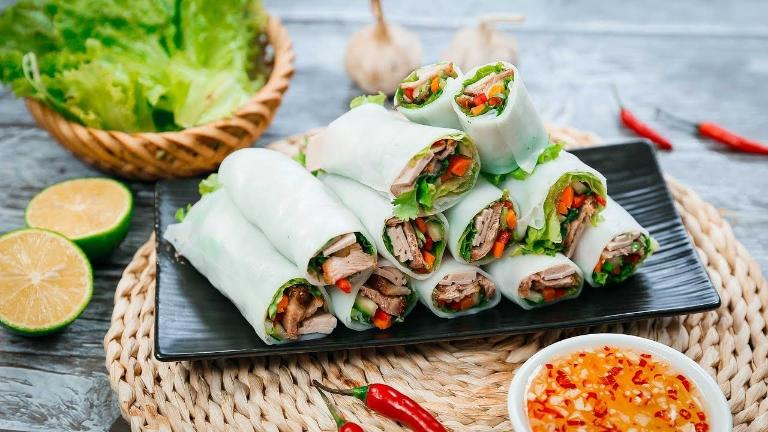
Street Food Stalls
See the street food vendors to have a real experience. The taste of the searing Nem Rán will have you returning for more, even if the setting alone will enthralls you. Renowned for their delicious spring rolls are Ta Hien Street and Hang Manh Street.
Local Eateries
If you would want a sit-down dinner, look at eateries like Quan An Ngon and Bún Chả Hương Liên; some of the best spring rolls in the city are served there. In addition, to enhance your cuisine experience, guided tours are available like Hanoi Food Tour of Motorbike Tours, providing the greatest locations to enjoy this famous cuisine.
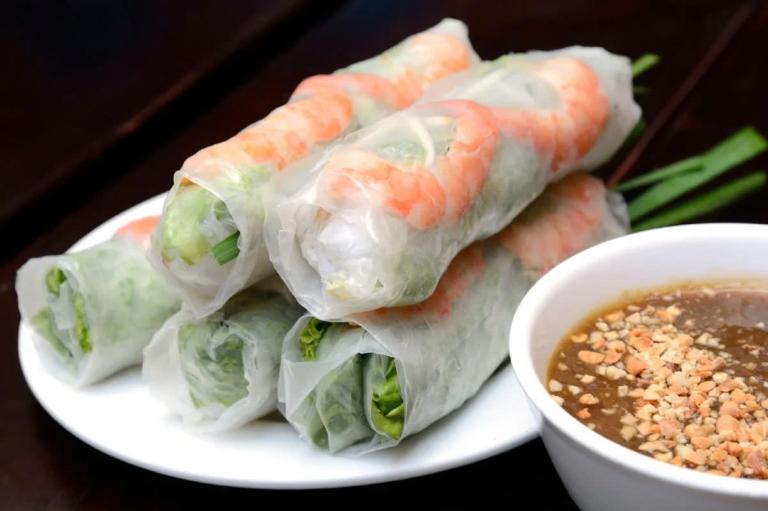
Eating spring rolls is an experience rather than only a taste sensation. Usually dipping their rolls into a tangy nước chấm (fish sauce-based dipping sauce), locals accentuate the flavors of both fried and fresh kinds. Fish sauce, lime juice, sugar, garlic, and chile used together makes the most often used dipping sauce. The this dish highlight the delicate mix of sweet, salted, sour, and spicy tastes.
Comparing Ha Noi’s Spring Rolls to Other Regions
The varied gastronomic scene of Vietnam implies that this dish differ greatly depending on the locale. Reflecting local tastes, ingredients, and cooking techniques, each locale gives this famous meal its own spin. Here’s a closer view of Hanoi’s spring rolls against those from throughout the nation.
The Unique Flavor of Hanoi’s Spring Rolls
Renowned for its delicate and balanced approach to spring rolls, Hanoi lies in northern Vietnam. Fresh, basic ingredients and a more subdued flavor profile define the city’s interpretation. Made with pork, shrimp, vermicelli noodles, and mushrooms, seasoned with fish sauce, black pepper, and a little sugar, Nem Rán, fried spring rolls, are This produces a savory, somewhat sweet, umami-rich taste without overwhelming intensity.
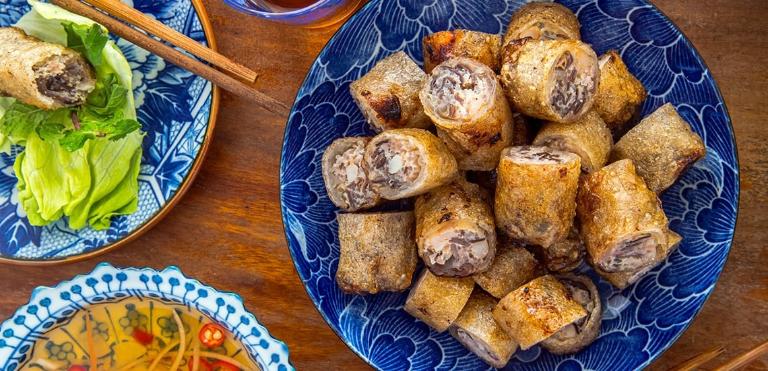
Hanoi’s Nem Rán has a crunchy on the outside texture and a luscious, well-seasoned inside. Fresh spring rolls, gỏi cuốn, in Hanoi are usually stuffed with prawns, fresh herbs, lettuce, and vermicelli, wrapped in rice paper. These light, reviving rolls highlight the freshness of the components.
Southern Vietnam: Sweet and Spicy Variations
Spring rolls in southern Vietnam can have a sweeter and hotter taste than Hanoi’s more subdued flavors. The southern approach calls for more components and stronger flavors. The heat and sugar produce a more strong taste sensation.
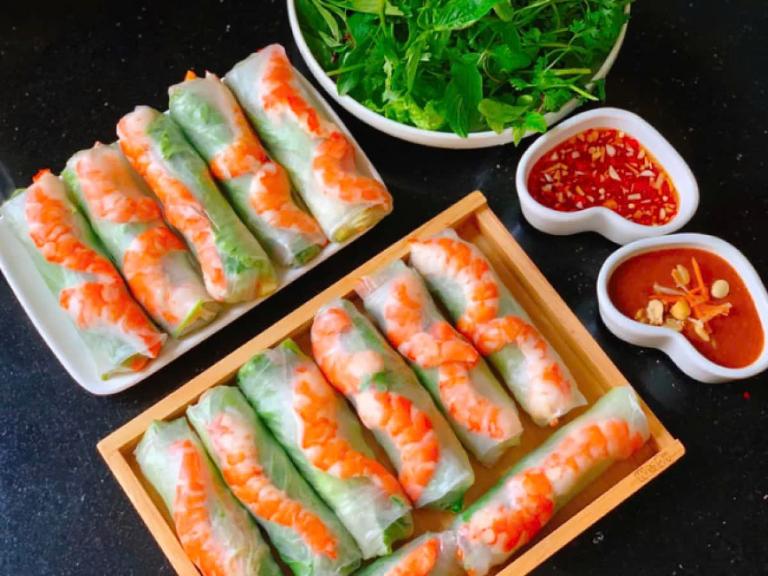
Depending on how they are made, southern spring rolls can have a range of textures from somewhat chewy to crunchy. Along with classic pork and shrimp, ingredients might contain a greater range of proteins, such crab meat or even duck. Often featuring other elements like pickled veggies, Gỏi Cuốn in the south gives a sour touch.
>>> Let’s see more: Vegetarian Dishes in Hanoi: Discover the Best Plant-Based Dishes
Central Vietnam: Rich and Complex Flavors
The rich and sophisticated taste sensations of Central Vietnam are well-known, and they show in their spring roll variation. Using a range of herbs and spices will help Nem Rán to be more strongly spicy. Strong blends of fish sauce and chile abound in the dipping sauces, so enhancing the taste sensation.
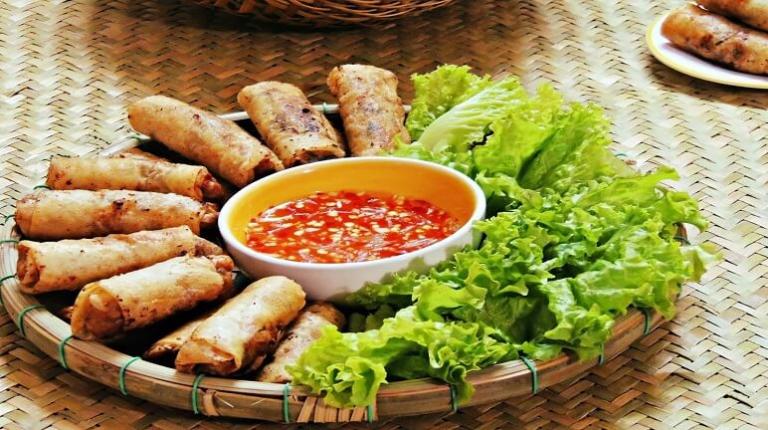
The texture of center spring rolls could be somewhat different, with a more diversified filling including local flavors or pig belly. Compared to the smaller variants in Ha Noi, Gỏi Cuốn in this area could be loaded with grilled meats or a combination of seafood, so offering a deeper taste.
Anyone visiting Hanoi has to sample spring rolls. They provide a great and reasonably priced approach to enjoy Vietnamese cuisine. There is a spring roll to fit every flavor whether your inclination is fresh or fried. Thus, the next time you visit Hanoi, make sure to explore the world of spring rolls and uncover a new gastronomic pleasure.
Related Posts:
- Discover Bun Dau Mam Tom in Hanoi: A Vietnamese Culinary Gem
- Cha Com in Hanoi – A Delicacy of Vietnamese Culinary Heritage
- Best Buffets in Hanoi | A Guide to Dining in Vietnam’s Capital
- Bun thang Hanoi: Discover the Delicate Noodle Soup of Vietnam’s Capital
- Cha Ca: Turmeric-Marinated Fish with Dill and Noodles – A Hanoi Delicacy








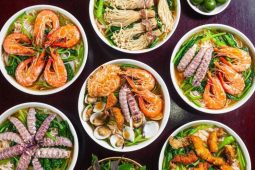

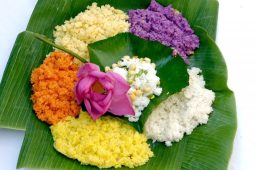
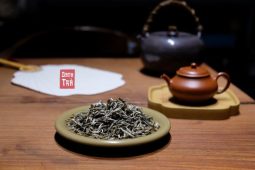
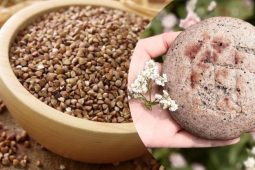
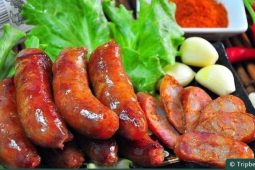
Be the first to comment!